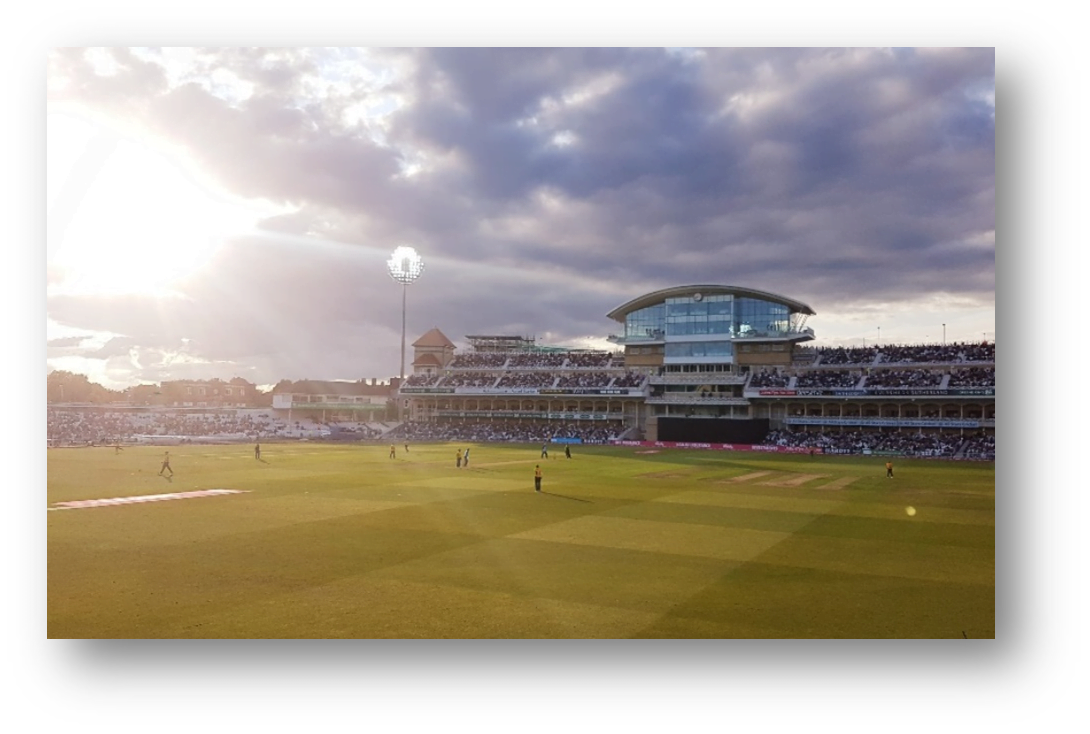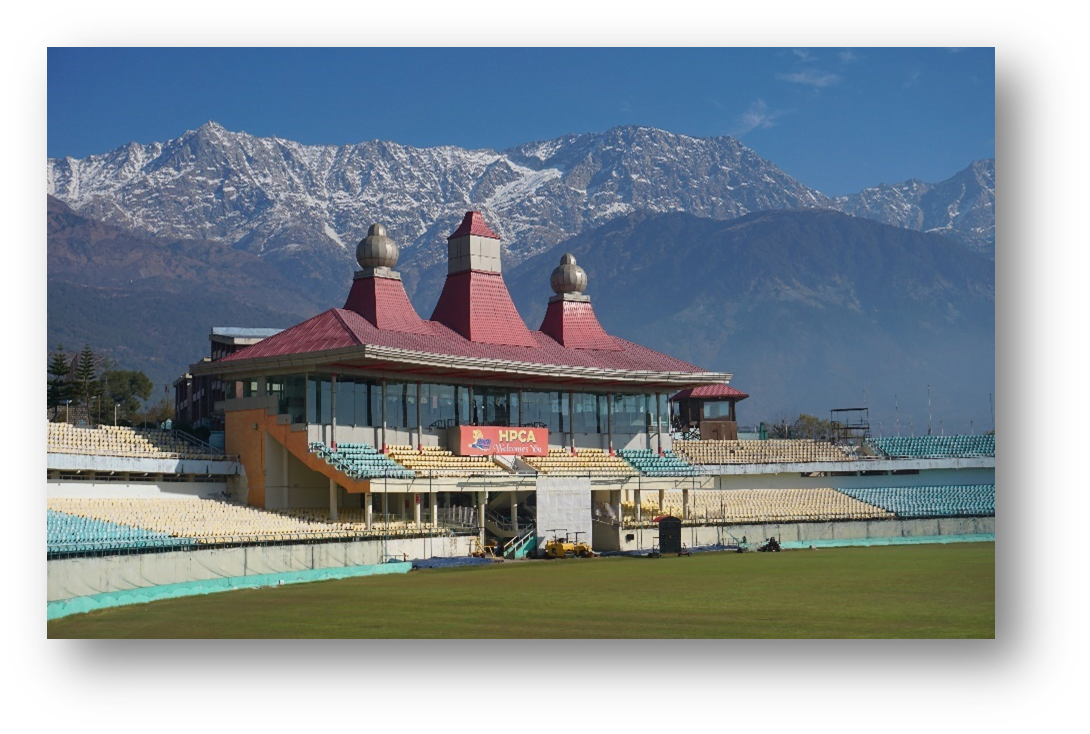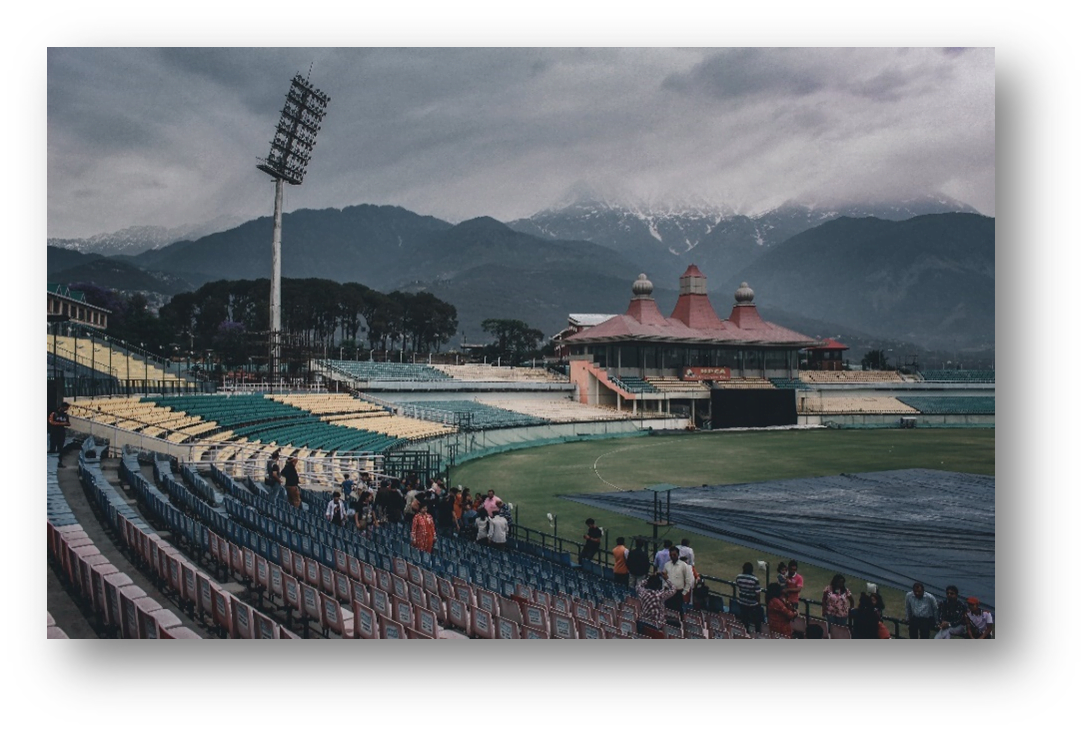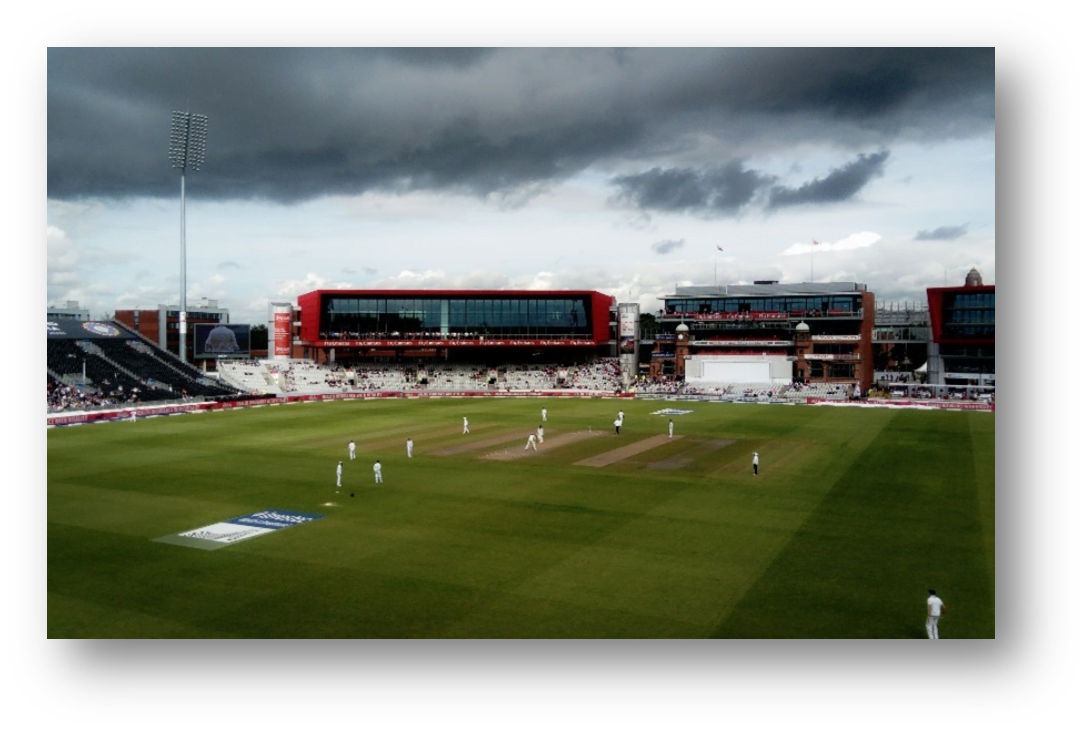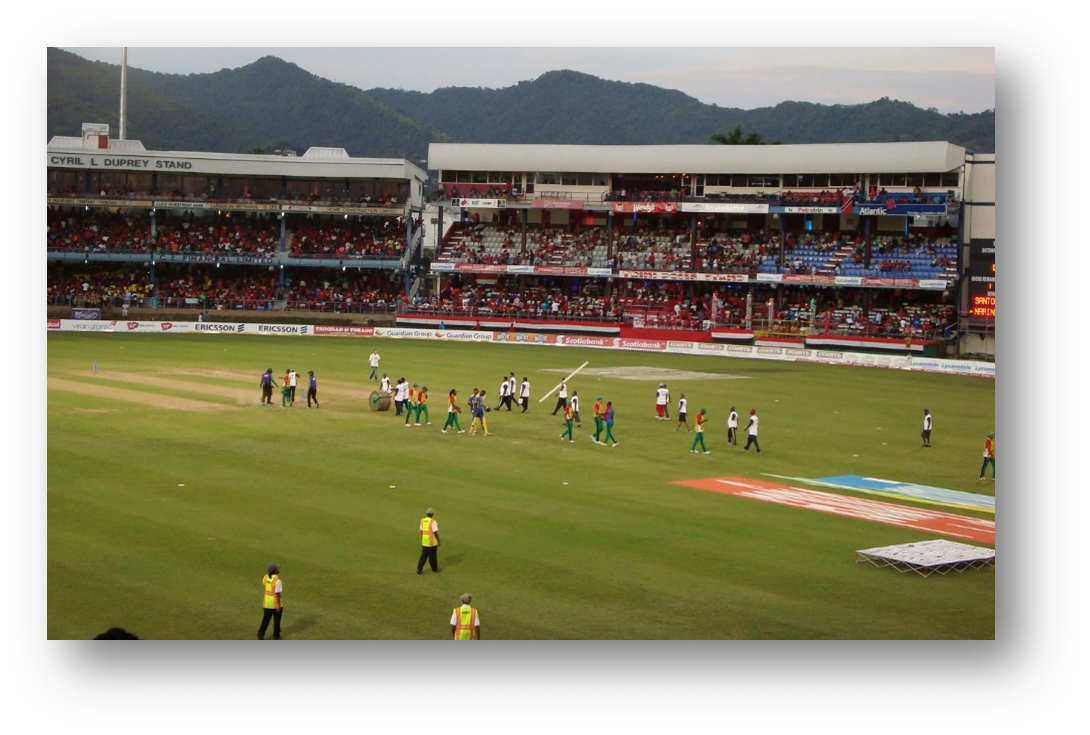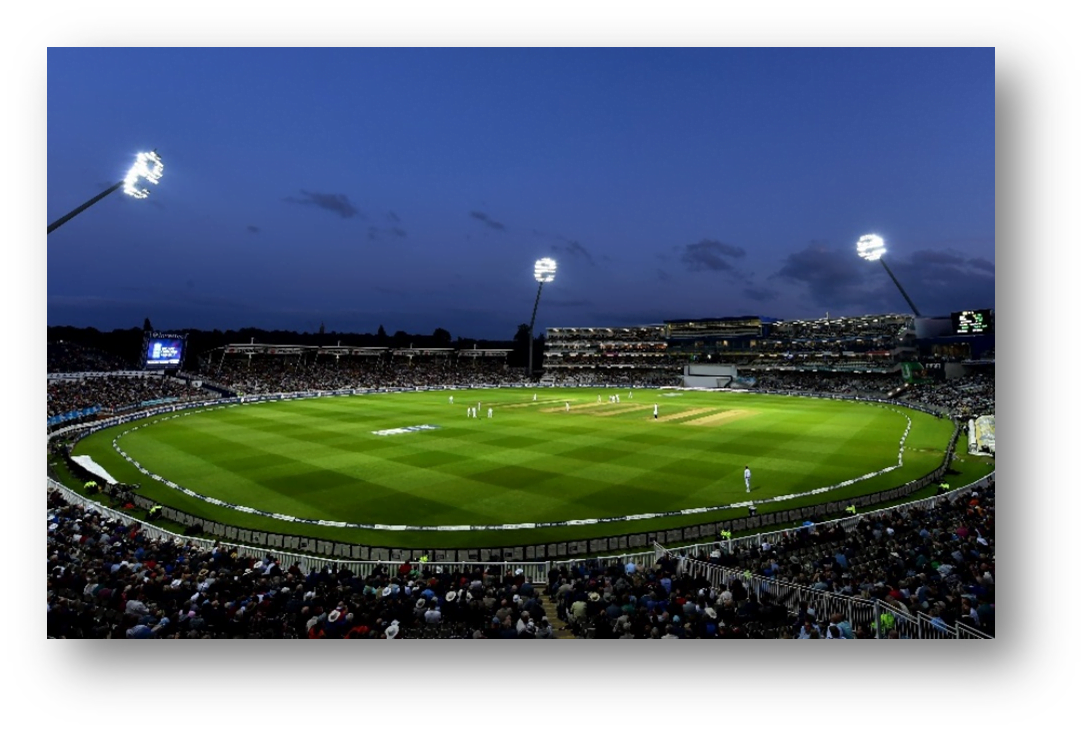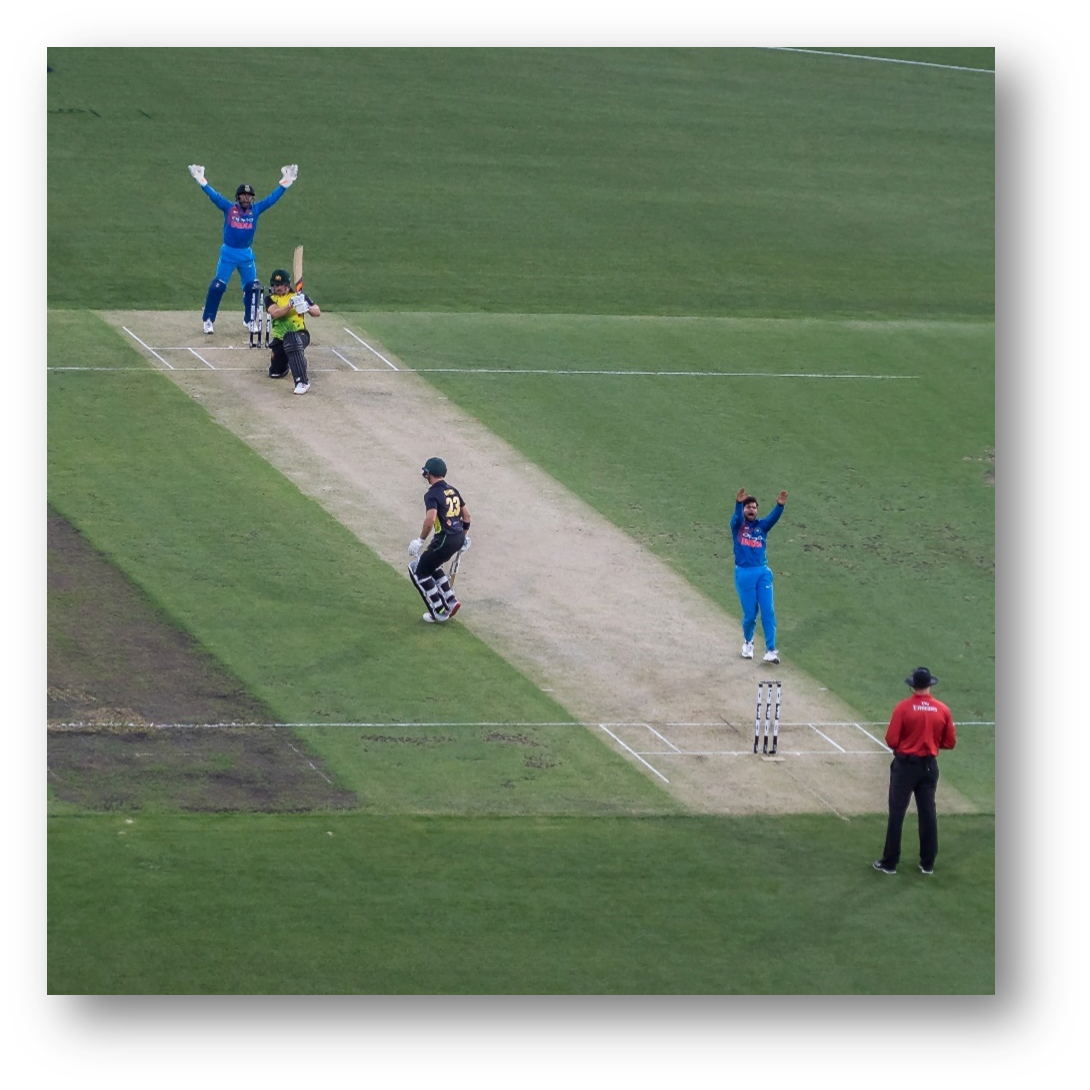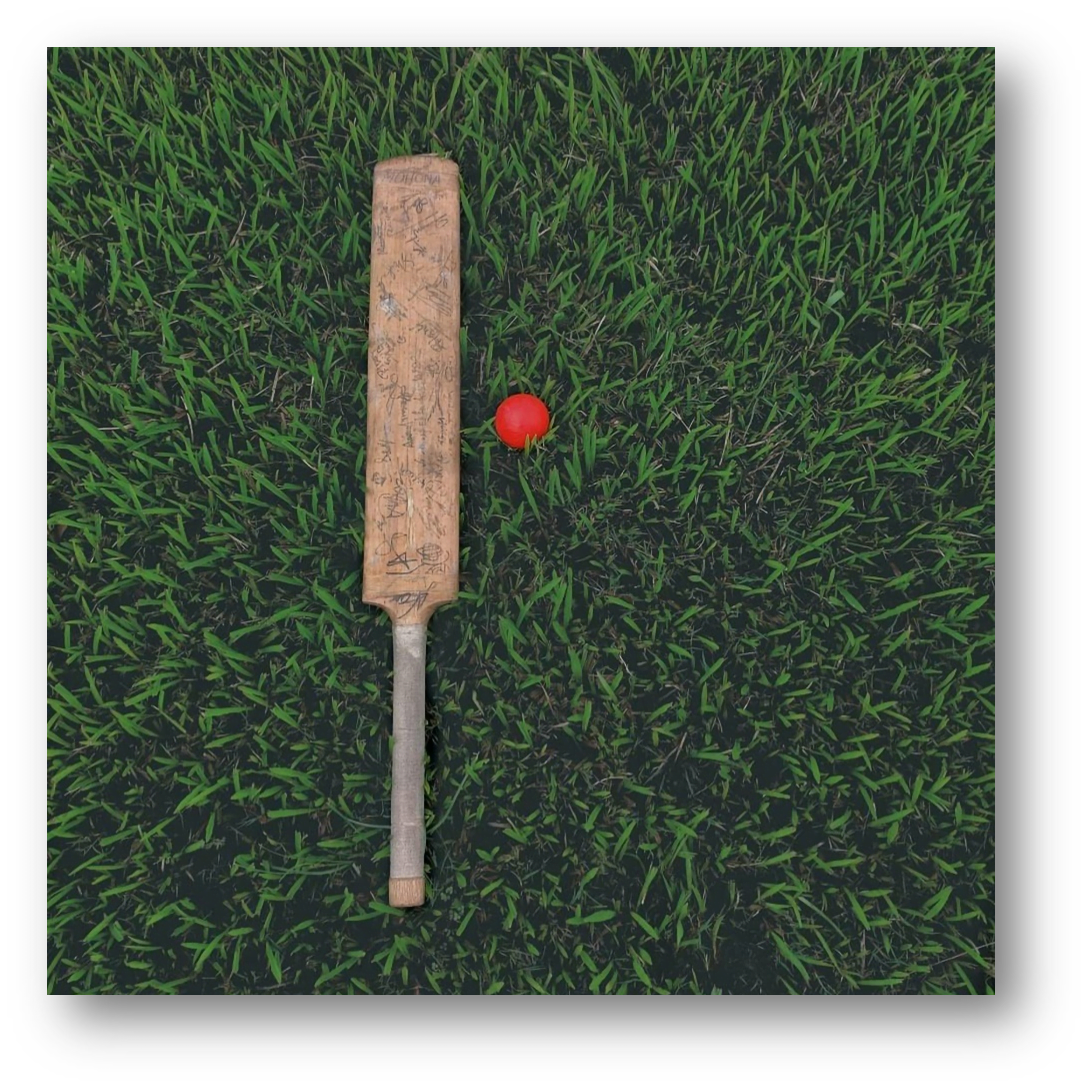If you've ever seen cricket, even just once, you're aware that the center of the stadium has a pitch. The patch that lies between two wickets is crucial in determining the outcome. You might be surprised to learn that the kind of pitch mostly on the field affects both the bowling and batting aspects of the game if you don't think the pitch is important. Depending on what nation the field is in, different pitch conditions apply. Depending on the circumstances, it also decides whether the pitch would be favorable for batting or bowling.
The main region of a cricket field where the play takes place is the pitch. There are sets of 3 stumps at either end of the field, one is for batting and another for bowling. The hitter plays at one side of the pitch, while the bowlers bowl from the other. The requirement is that the ball must become trapped, or you may say fall, once on the pitch before getting to the hitter. Herein lies the pitch's function because, once the ball enters the pitch, it has a variety of paths it can take to get to the batter. The ball may travel in a variety of ways, and how it does so rely on several variables, including the bowler, the kind of ball, the weather, the time of day, and the PITCH.
A fast bowler anticipates each pitch to have a strong bounce as well as a swing, whereas a spin bowler anticipates the ball to spin in both directions. The batter wishes the ball to land on the bat better so that they can play their shots appropriately at the same time. In the next section, we shall discuss the many types of pitches that exist worldwide. Before we continue to the following section, let us first comprehend a few ideas. The ball will bounce more if the pitch is far too firm, and no matter how difficult the bowler attempts to bounce the ball, the ball will stay low for the batter if the pitch is far too soft.
The pitch is held by the ball if you've ever heard a commentator say, "Ball bounces slower off the pitch." The pace with which the ball would reach the batsman after being bowled by a bowler at a specific velocity is also influenced by the kind of pitch. Because softer surfaces give a ball thrown on them a stronger grip, spinners weave a web all around the batter on slow wickets. On firm fields, the ball slides simultaneously with little to no rotation.
Fast bowlers often receive very little assistance from dry wickets in terms of moving off the field. They have the same amount of bounce as an ideal batting wicket. However, because the ball seems to turn more on these wickets, they are ideal for spinners & slow bowlers. However, as the ball swiftly roughens and provides leg spin to the fast bowlers, dry grounds eventually help fast bowlers. India and the surrounding subcontinent also have dry pitches.
The volume of grass is another important factor that must be taken into account. Additionally, it controls how the ball leaves the field. The pitches from colder nations, like New Zealand and England Zealand, have more grass, which allows for more seam movement since the ball will veer further from its intended path once the bowler's hands drop it on the field.
Pitch variations include grassy, soft, slow, and bouncy ones. The majority of the pitches are sluggish and soft in countries such as India, Sri Lanka, Bangladesh, Pakistan, and the United Arab Emirates. These pitches provide grip since the ball rolls off slower than usual at the moment, which is advantageous for the spinners.
The grounds in England, South Africa, Australia, and New Zealand, on the other hand, are very different since they are quite bouncy and ideal for fast bowlers. Because of their natural hardness and more grass, these pitches make it easier for seamers to shift their seams and dismiss hitters. The environment, however, also has a significant impact and alters the playing conditions for cricketers in other nations. For example, the humid and foggy weather in England encourages fast bowlers to throw the ball in both directions.
Every nation must provide unique circumstances, as was previously indicated, and this has a significant influence on the outcome of games. No matter if it's Australia or India, it's among the factors why most nations suffer abroad. Are you aware that in 2019, Australia was the site of India's maiden test series victory? In addition, South Africa had won the test series versus India whereas India has so far not won any of that in South Africa.
Every particular country develops a group of cricketers with a certain set of results because of these factors on the field. For instance, India's dry pitches are favorable for both spinners and batsmen. One of the factors India is renowned for its elite spinners and batsmen is because of this. Although there are some outstanding fast bowlers in Australia, New Zealand, and South Africa, batters perform better against pacers and worse against spinners. These nations produce superior seamen due to their lusher fields and frigid climates.
The reality that Indian batsmen play more strokes with a straight bat because the bowls fall well on the bat also helps to explain how pitches affect the game. However, because the bowl has greater bounce, Australian hitters use a horizontal bat more frequently.
